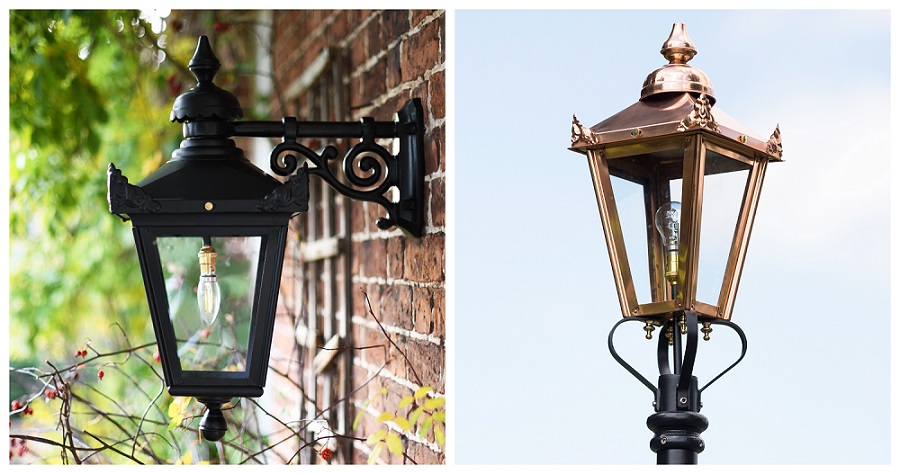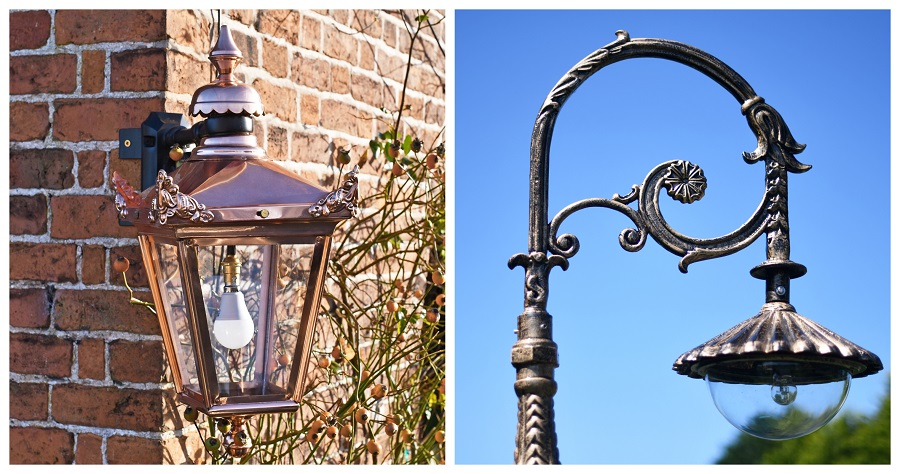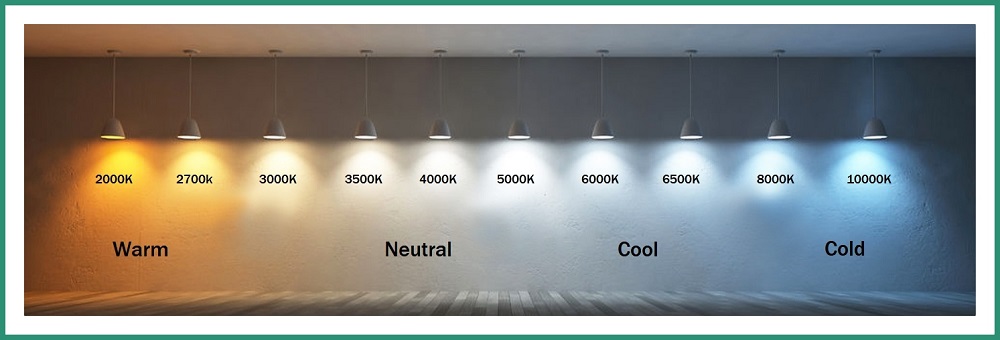Understanding Light Bulbs and Bulb Fittings
The bulb fitting is the most important part of any light fitting as it can not only be functional but can provide a different finish to the overall aesthetic of the piece. In essence, the cap or base of the light bulb fitting joins to the lamp socket in order to provide an electrical connection and produces light. There are a number of different bulb fittings and sizes to choose from, but we have cut out the jargon and made it simple!
Purchasing the wrong type of bulb is a common mistake, so we have created this handy guide to help you with all your bulbs and bulb fittings questions.

Bayonet Fitting – B22
Named for the fitting design that utilized the same push and twist action used by soldiers to mount bayonets to their rifles, the bayonet fitting is the most common cap fitment in the UK. With two locating pins on either side of the cap, the pins will retract and expand into the slots inside the socket through the push and twist action.
Featured in all ‘LF’ coded lanterns, this bulb holder has been created using high quality brass. The fitting has a 2 amp fitting and is generally used with a 60watt energy efficient bulb. Please note, by request only, our ‘LF’ lanterns can be swapped to an Edison screw cap fitting.
Edison Screw Cap – E27
Named after the inventor and innovator Thomas Edison, the Edison screw cap features a threaded metal base which screws the bulb securely into place. The most common of the Edison screw type fittings is the E27, which is found in most domestic settings and designed to fit in standard light fixture. All other light fixtures will feature this fitting.

Other Common Bulbs & Fittings
70 or 150watt SON (High Pressure Sodium) fitting:
This type of fitting is more common in commercial settings, the high-pressure sodium fitment changes the luminaries configuration slightly. With this fitting, the bulb is mounted directly into the light fixture with a SON igniter.
A 150watt SON fitting has an approximate 5000 lumen output and is a warm yellow/orange glow, closely resembling the original Victorian gas lamp light projection.
150 watt metal halide:
This type of lamp produces light through a mixture of vaporized mercury and metal halides. This type of bulb produces an intense bright white light, which is commonly used in areas which require additional visibility, including sports arenas, car parks, retail stores etc.
LED panels:
LED panels features a sensor which often has an adjustable sensitivity and distance configuration switch. This essentially means higher light output levels but with better energy saving performance. LED bulbs also have high levels of reliability, with longer life expectancy traditional fittings. This type of light is recommended for larger properties or commercial applications as it acts as the ideal security light, as it requires no warmup time.
Understanding Light Bulb Number Codes
Sometimes there are several codes on packaging which often confuses consumers, but all bulbs use the following format:
-The first letter(s) indicate the type of base or cap
-The number(s) indicate the diameter of the base or distance between the pins in mm
-Optional last letter indicates the number of pins or contacts, normally found on architectural and strip lights
Understanding Lumens
Lumens are a measurement of the total amount of visible light from a light or lamp source. In essence, the higher the lumen rating, the brighter the lamp will appear. Both LEDs and traditional lights use lumens to quantify the amount of light they produce. Keep in mind that some lights are more efficient that others, so always check the lumen output to ensure you are buying the right conversion.
| Lumens | |||||||||
| Bulb Type | 220+ | 400+ | 700+ | 900+ | 1300+ | 8000+ | 16000+ | 40000+ | |
| Standard | 25W | 40W | 60W | 75W | 100W | - | - | - | |
| Halogen | 18W | 28W | 42W | 53W | 70W | 120W | - | - | |
| CFL | 6W | 9W | 12W | 15W | 20W | 100W | - | - | |
| MH/HP S | - | - | - | - | - | 250W | 400W | 1000W | |
| LED | 4W | 6W | 10W | 13W | 18W | 60W | 120W | 400W | |
Kelvin Temperatures
This type of temperature light represents the colour that bulb will produce. Generally, light colourisations will fall between 2000k and 6500k for commercial and private residences.












